Megatrends and the more general assessment of the directions of future development provide a foundation for many kinds of future-oriented thinking. They are commonly used as the foundation for descriptions of alternative future scenarios. Megatrends can help identify the key drivers of future change. Some of the megatrends can be treated as constants, such as the ageing of the population. With respect to scenario building, however, it is more interesting to focus on the tensions between the megatrends and the related uncertainties; for example, what will be the response to the impacts of ageing?
Scenarios support the systematic investigation of alternative futures. From the perspective of influencing the future, it is advisable to create visions and strategies based on the scenarios. A vision is a description of a desirable future, while a strategy is a description of how to get there. Visions represent choices about how we respond to the megatrends. What is the magnitude of the changes that we need to make in order to respond to the challenges presented by the megatrends? What opportunities and threats do we see in the megatrends? An effective vision uses the megatrends as its starting point but also has the courage to paint a picture of a better future instead of merely reacting to the megatrends.
Megatrends are also helpful in other contexts besides scenario development and visionary processes. They help us establish a picture of the world and the changes therein as well as place various phenomena in a broader context. This means they support learning and the creation of futures at the daily level. What are the topics we should be discussing? What kinds of changes should I make in my own life at this time? Where do the various views of the world and its futures come from?
This report is part of a broader effort to familiarise audiences with future trends and increase future-oriented thinking. This report will hopefully prove useful in future-oriented work on a broad front. Let us continue to engage in discussion on various future scenarios and work towards desirable futures!
Five tips for using the megatrends
- Avoid “all or nothing” thinking. Megatrends tend to make people think about inevitable and all-encompassing changes. In reality, the developments are rarely black and white. Urbanisation does not mean that everyone will live in cities, or that cities will remain unchanged. Automation does not mean that robots will take over all jobs, or that new jobs will not be created. It is advisable to challenge trends with countertrends and examine the tensions between them. This helps us see the shades of grey within them.
- Challenge assumptions and be open to different opinions. We often have preconceived notions about future directions of development. These notions tend to reflect our interpretations of the consequences of the megatrends. Nevertheless, we should challenge our preconceived notions and consider alternative interpretations. What factors do we expect to remain unchanged? When the population grows older, will life in old age remain the same as it is now? Does a rise in the standard of living inevitably lead to higher consumption? One good way to challenge one’s own assumptions is to discuss the megatrends with others and be open to different views.
- Complement the megatrends with weak signals. The megatrends paint a picture of changes that are happening now. However, in the post-normal age, we should also focus on discontinuities and surprises. Weak signals of emerging phenomena or the early symptoms of change help us consider less expected directions of future development.
- Examine the trends at the individual level. Megatrends help guide our thinking about changes at the global level. This may make it feel impossible to respond to them. How can we ever achieve the necessary major changes in society and our lives as quickly as they are needed? When we are faced with this kind of anxiety about the future, we should keep in mind that major changes have been achieved in the past, and changes are happening all the time. We just do not always notice the changes when they occur gradually. For added perspective, we should think about how the megatrends and the changes they necessitate are manifested in our daily lives.
- Don’t forget hope. In light of the megatrends, the future may appear threatening. Climate change, the ageing of the population and geopolitical power struggles may feel like insurmountable challenges and the future may appear lost. There are various threats out there. At the present time, it is important that we outline desirable futures. The tensions and uncertainties around the megatrends illustrate factors that we can influence.
Tools for foresight thinking
Sitra’s megatrend cards help interpret the trends and understand the tensions between them. The deck consists of about 50 different trends and tensions that can be used to delve into potential directions of development. www.sitra.fi/en/publications/megatrend-cards/
The toolbox for people shaping the future is a collection of group work methods that are particularly useful for vision building. It also includes links to other guides and materials related to foresight and future-oriented thinking. www.sitra.fi/en/projects/toolbox-for-people-shaping-the-future/
Sitra’s page on weak signals provides descriptions of more surprising directions of development that enrich future scenarios. The resources also include a poster that stimulates thoughts about weak signals and can be used in group work to support the interpretation of weak signals. www.sitra.fi/en/topics/weak-signals/
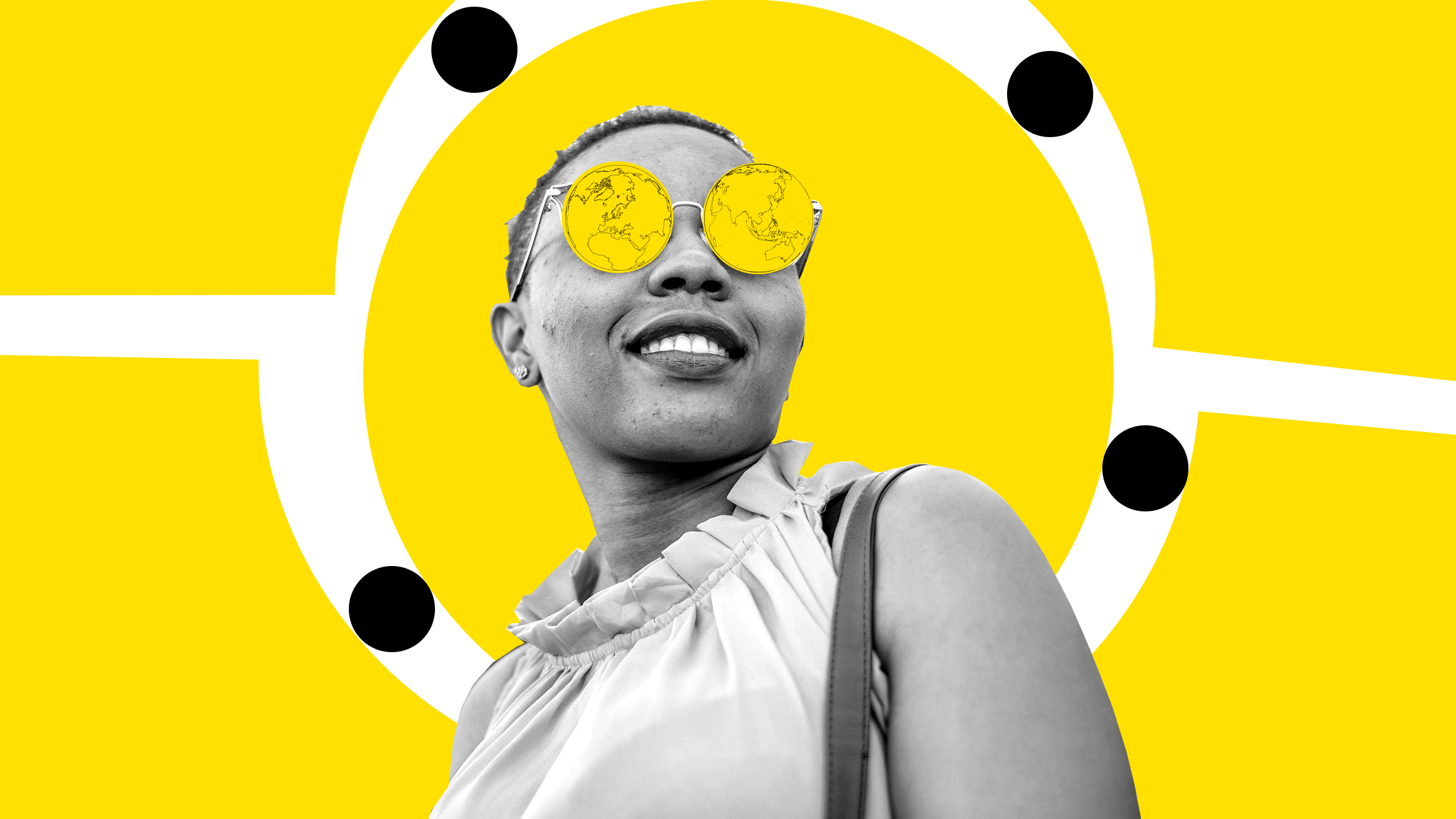

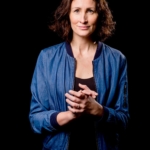
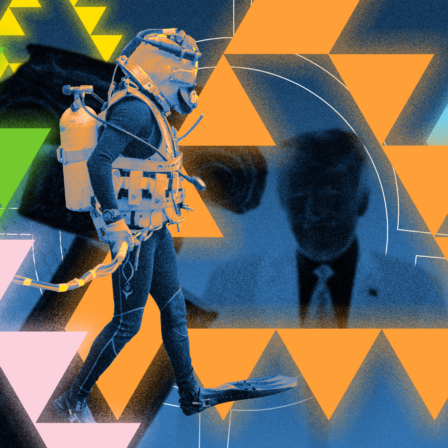
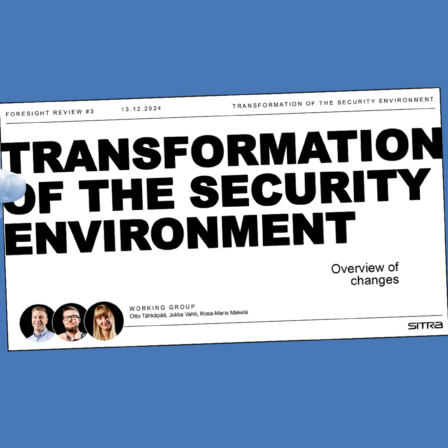
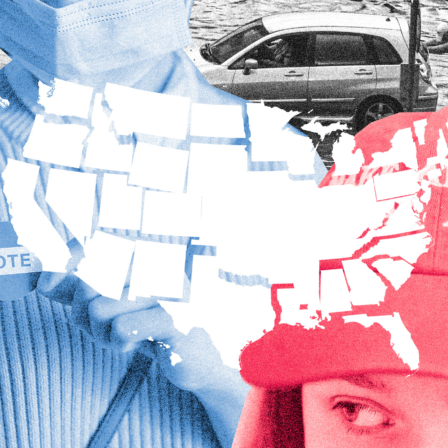
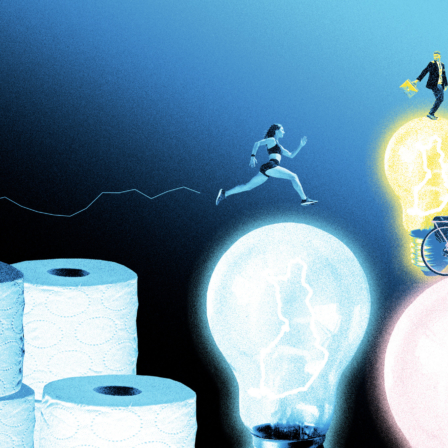




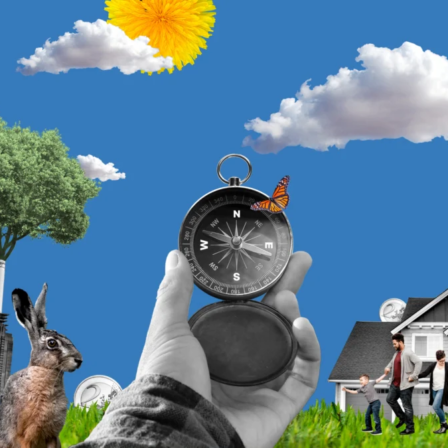



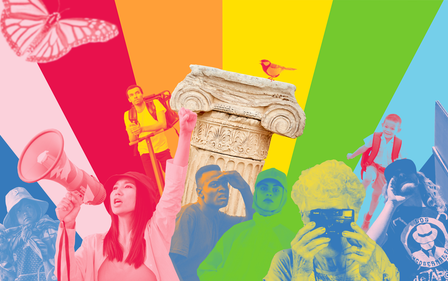

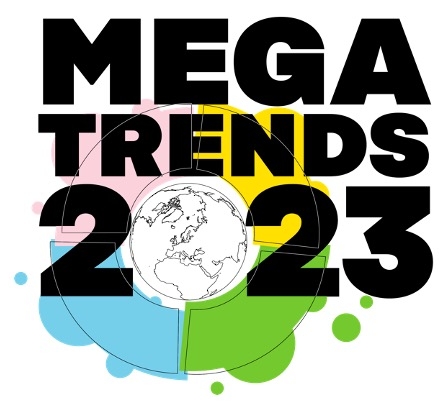
Recommended
Have some more.